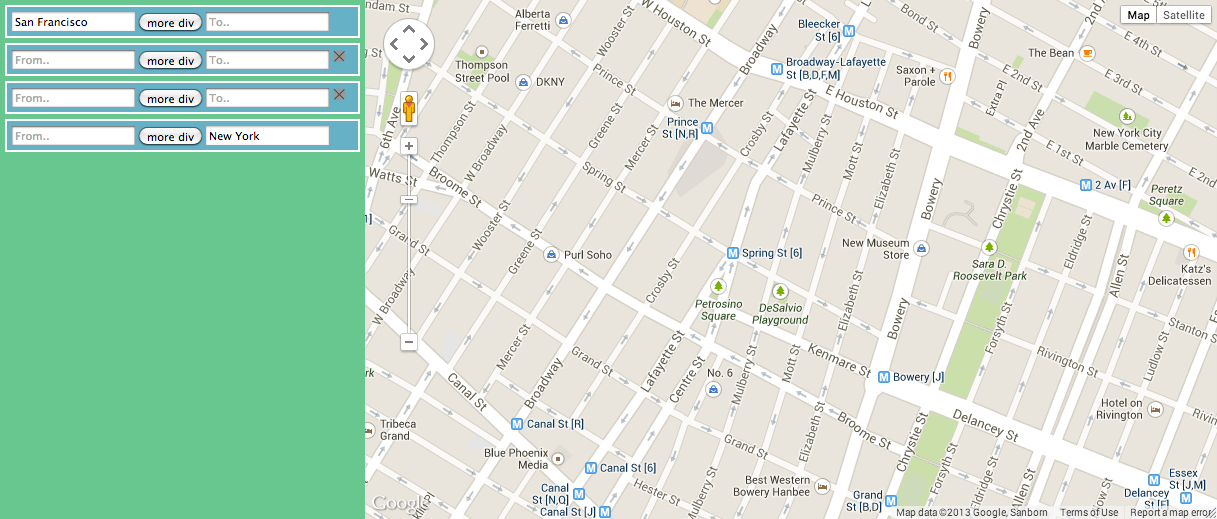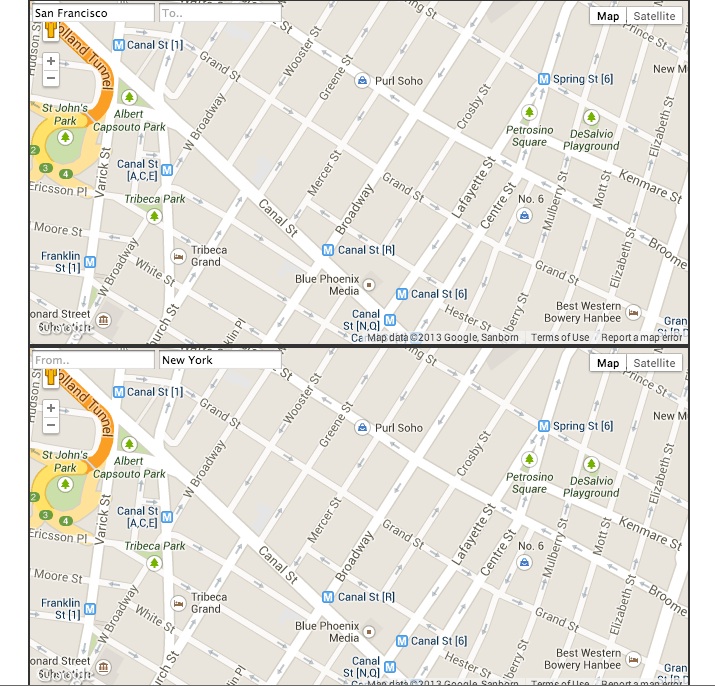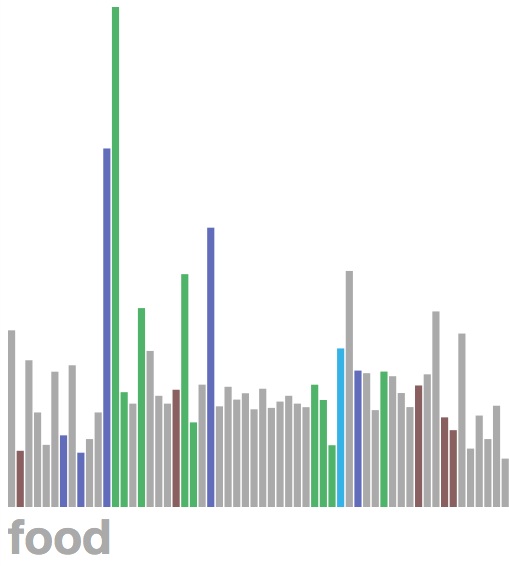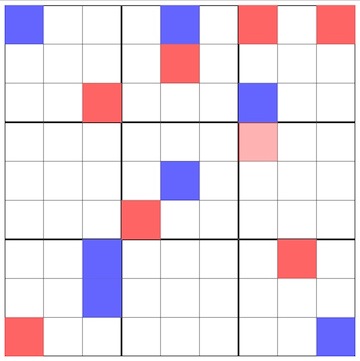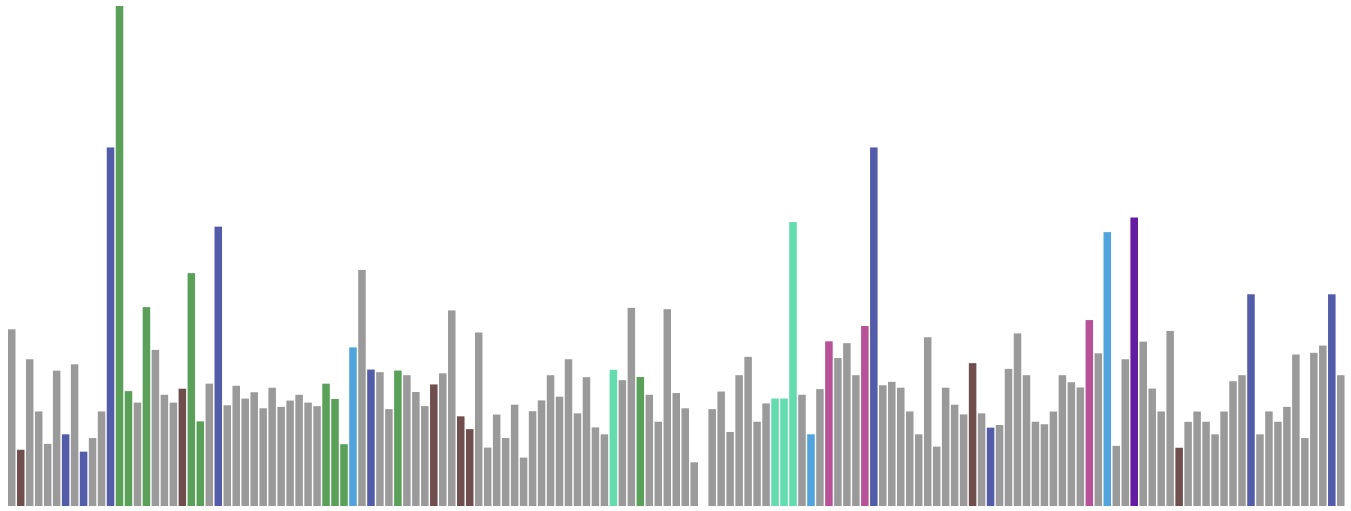My time at Hacker School is over. So, what have I learned?
Hacker School’s stated result for students is to become a “dramatically better” programmer, and I think I’ve been pretty successful in that direction. Here’s a partial list of things I can do now that I hadn’t done before September:
- use a text editor more complex than TextEdit
- regularly use the command line to compile
- use git and github
- write simple things in Python
- write slightly more elaborate things in JavaScript
- manipulate the DOM
- make a responsive website using Sass
- use web frameworks
- deploy code to a server, both through Heroku’s git pushes and AWS’s ssh access.
- use a database
- use various APIs
- implement minimax, a simple language model, and a simple chat app
- converse with more clarity on functional programming
At the end of the recent Ludum Dare weekend, Lindsey asked me: “do you think you were better at LD as a result of having done HS?” To which I could only answer with, “Yes, definitely!” because there’s basically nothing in that game that I could have done three months ago (or at least, certainly not that quickly). I see my code skills as an important subset of my overall ability to Make Cool Things, and these new shiny tools in my toolbox will help me make different kinds of cool things than I’ve been able to make so far.
And, of course, I’ve talked to a whole bunch of new people. Without diminishing the splendor of 455 Broadway: the people are really the point of Hacker School, and they’re all utterly brilliant, with both a high degree of awesomeness and a willingness to share that awesomeness freely. I’m very fortunate to have been able to spend three months with the HS facilitators, residents, and my fellow students, and I look forward to continuing the many friendships and hopefully even some of the collaborations that began for me at Hacker School.
In short, A++, strong recommend, etc. This also seems like an appropriate place to publicly thank Etsy for making Hacker School possible for me.
What’s next, Lea?
It just started being 2014 today. For the first couple of weeks of January, I’ll be working on housework and personal projects and visiting my family in California; as soon as I get back to Pittsburgh after that, I’ll be delighted/terrified/delighted to begin my approximately 2.5-month residency at the STUDIO for Creative Inquiry, Carnegie Mellon’s “laboratory for atypical, anti-disciplinary, and inter-institutional research at the intersections of arts, science, technology and culture.” I’m hoping to continue to blog regularly as part of that process, so stay tuned for details.

